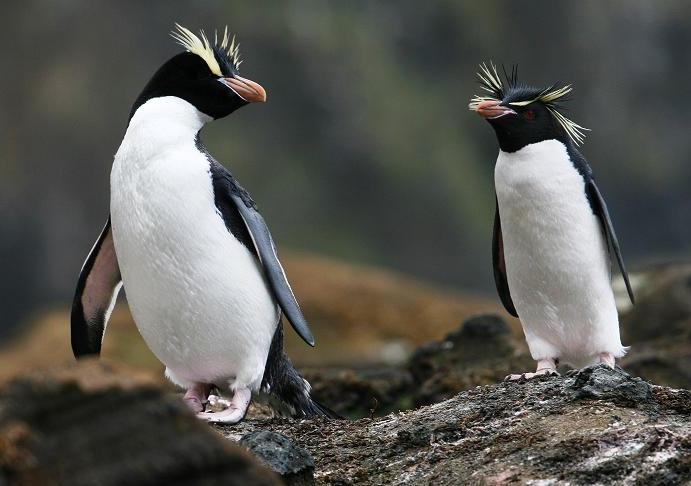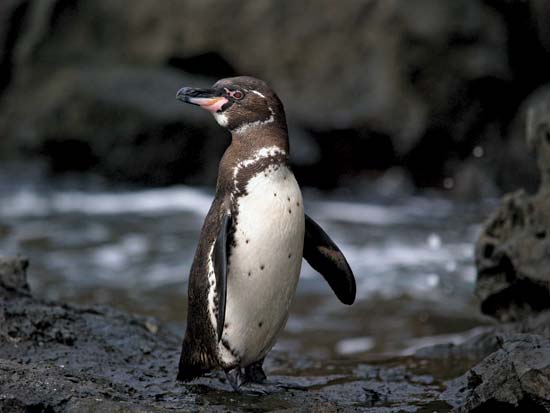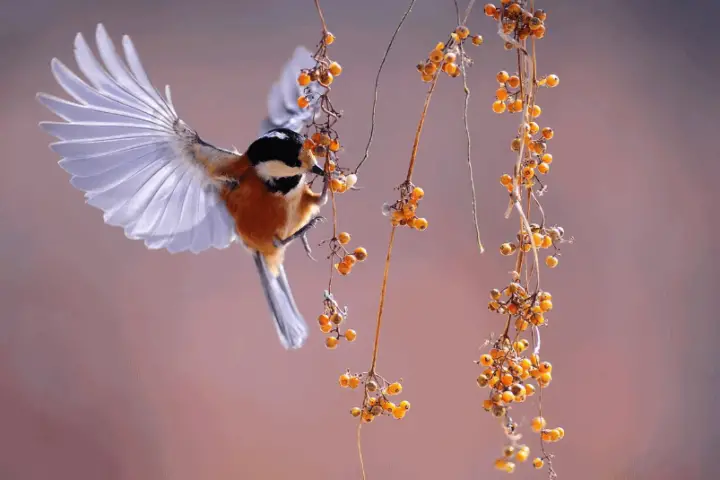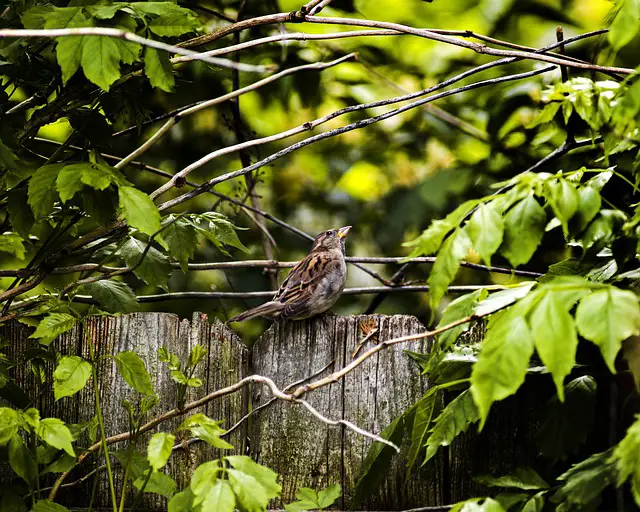You can enjoy here some of the most remarkable rockhopper penguin facts including rockhopper penguin diet, distribution, and reproduction. Rockhopper penguins are characterized by their distinctive spiky yellow crest together with black feathers that garnishes their head. Of all the penguins family Rockhopper penguins are the smallest species standing around 20 inches (50 cm) tall. These species are well recognized by their bright red eyes, pink webbed feet and reddish-orange beak. As the breeding season begins, rockhopper penguins seem to congregate in larger groups comprising thousands of individuals. They emit too much noise while in colonies. Both parents tend to incubate the eggs. Rockhopper penguins for the most part found in shallow waters but they are certainly capable of diving up to 330 feet (100 meters) while chasing down their prey. They are the widespread penguin species worldwide; however, their population faced drastic decline over the years. One of the possible causes is excessive commercial overfishing. These flightless birds are listed as vulnerable by the International Union for the Conservation of Nature.
Amazing Rockhopper Penguin Facts
- The length of these species measure around 55 cm (22 inches).
- The average lifespan of rockhopper penguins is about 10 years in the wild.
- They form groups in large numbers which is known as colony.
- The weight of these birds is up to 4.4 – 6.6 lbs (2 – 3 kg).
- They are often found to burst from water near shore and land on rocks.
- The chicks begin to fledge out after 70 days.
- The breeding interval lasts for 1 year.
- The average lifespan of these penguins is around 10 – 15 years.
- The breeding season typically ranges from November to March.
- Rockhopper penguins attain the maturity at the age of 4 years.
- The short and stout bill is combined of various horny pates, and is particularly designed for catching squid and krill.
- They employ their long pectoral flippers that are buoyed by thick bladelike bones in the forearm and wrist to propel through water.
- To counterbalance the heat-loss in its feet, the rockhopper penguin has a circulatory system that enables the feet-temperature to drop to 42o – 48o F, while its principal temperature remains at 102o F.
Another strange fact about these penguins is that they tend to share part of their ocean habitat with chinstrap penguins which are fairly larger than rockhopper. Rockhopper penguin’s distribution is restricted to the volcanic islands of the French Southern Territories in the Southern Indian Ocean as well as St. Helen in the South Atlantic. The total numbers of these penguins are still unknown but the population surely underwent drastic decline by 90% since 1950s. Some of the foremost causes of this much decline might be due to overfishing of penguin’s primary prey such as octopuses and squids, increasing warming, competition from fisheries bycatch, and predation by introduced mice on eggs and juveniles.
One of the largest gatherings of rockhopper penguins is often seen in Macquarie Island (54o 30’S, 159o E) where hundred thousands of these birds are known to nest apart from 2.5 million royal penguins and 50,000 king penguins. The rockhopper penguins will stay in Macquarie Island from spring to fall, with averaging period of 6 months stay. The males display a larger bill and heavier as compared to females. The northern rockhopper penguins breed 3.5 months earlier than the southern end of its range. Most of the eggs are laid in the month of September in Amsterdam Islands and Tristan da Cunha (about 38o S); while in December on Kerguelen Islands and Heard (about 54o and 50o S).
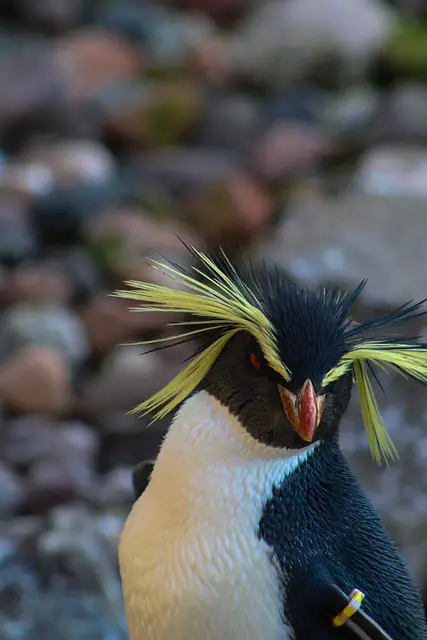 Northern Rockhopper Penguin Facts
Northern Rockhopper Penguin Facts
The northern rockhopper penguins belong to the family of Spheniscidae. The population of these penguins has declined by 90% evern since 1950. These species are considered endangered. The rockhopper penguins have to involve in regular grooming, which assists in flattening their feathers as well as to spread a waxy substance which is secreted right underneath the tail. Grooming is a significant social bond between breeding pairs. Once the breeding is done, the northern rockhopper penguins begin to forage broadly in order to develop fat reserves in preparation for its annual moult. The penguin’s coat is completely replaced within a period of 25 days; after which it departs from land to spend cold days of winter foraging at sea before finally returning to the shore in the following spring.
- Northern rockhopper penguins might have appeared from Gough Island, 6,000 km apart.
- These are mostly found in the Gough Island and Tristan da Cunha all throughout the Atlantic Ocean.
- They are known to feed on crustaceans, fish, octopus, and squid.
- These species breed in large colonies adjacent to cliff sides.
- In the Gough Island, there are around 100,000 – 499,999 individuals left while in the Inaccessible Island the breeding pairs are 18,000 – 27,000. According to an estimate, there are more than 25,000 breeding pairs of northern rockhopper penguins in the Indian Ocean.
 Southern Rockhopper Penguin Facts
Southern Rockhopper Penguin Facts
The southern rockhopper penguins (Eudyptes chrysocome) are fairly different from the northern rockhopper penguins. These species inhabit all along the subantartic waters of the Indian and Pacific Oceans, with some birds are also found near the southern coasts of South America.
- The length of these penguins is up to 45 – 58 cm (18 – 23 inches).
- Southern rockhopper penguins weigh around 2 – 3.4 kg (4.4 – 7.5 lb), with some are as heavy as 5 kg (11 lb).
- They have grayish undersides together with bright yellow eyebrows.
- There are around 1 million breeding pairs of southern rockhopper penguins. Most of these species are known to reside in southern Chile, Falkland Islands off Argentine, Prince Edward Islands, Campbell Island, Auckland Islands, Heard Island, Isla Noir, Isla de los Estados, Crozet Islands, Kerguelen Islands, Antipodes, and Diego Ramirez Islands.
- These are carnivorous species. They primarily prey on plankton, cuttlefish, octopus, crustaceans, krill, lantern fish, and mollusks.
- The longest loved rockhopper penguins names “Rocky” died at the age of 29 years and 4 months in the Bergen Aquarium, Norway.
- These gregarious birds are classified as vulnerable by the IUCN.
- There is a significant decline in the population over the last 30 years or so.
- The breeding season begins in September to November.
- The females lay 3 eggs that are incubated by both parents.
- The incubation period lasts for 35 days and their chicks are brooded for 26 days.
- The juveniles can be recognized by the lack of adult yellow markings.

